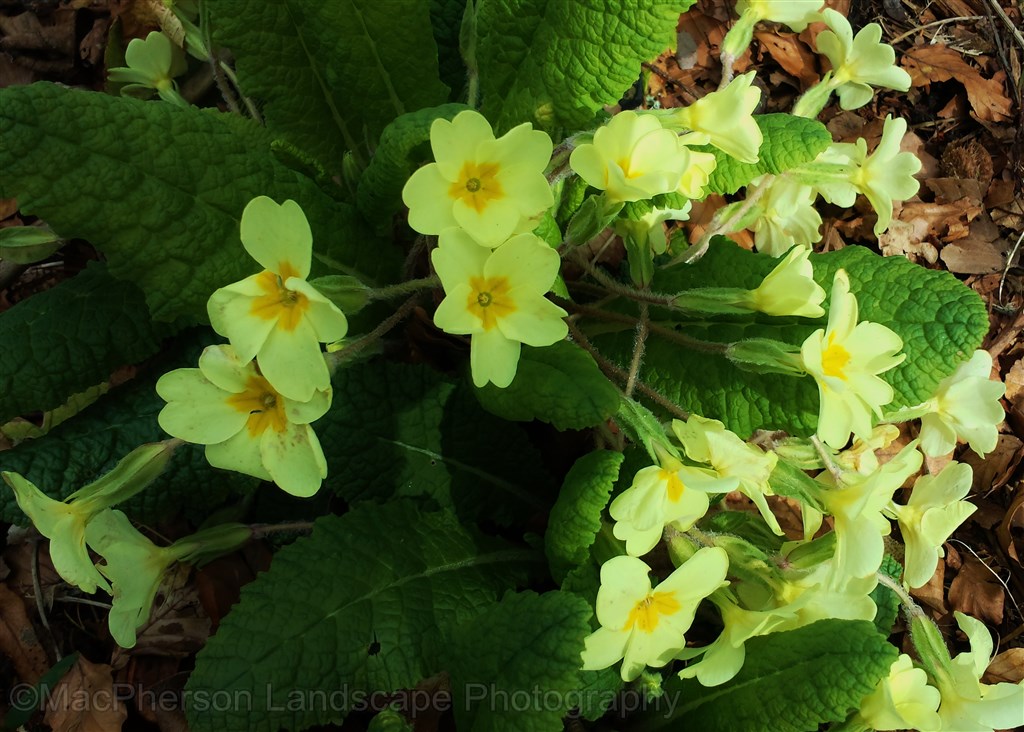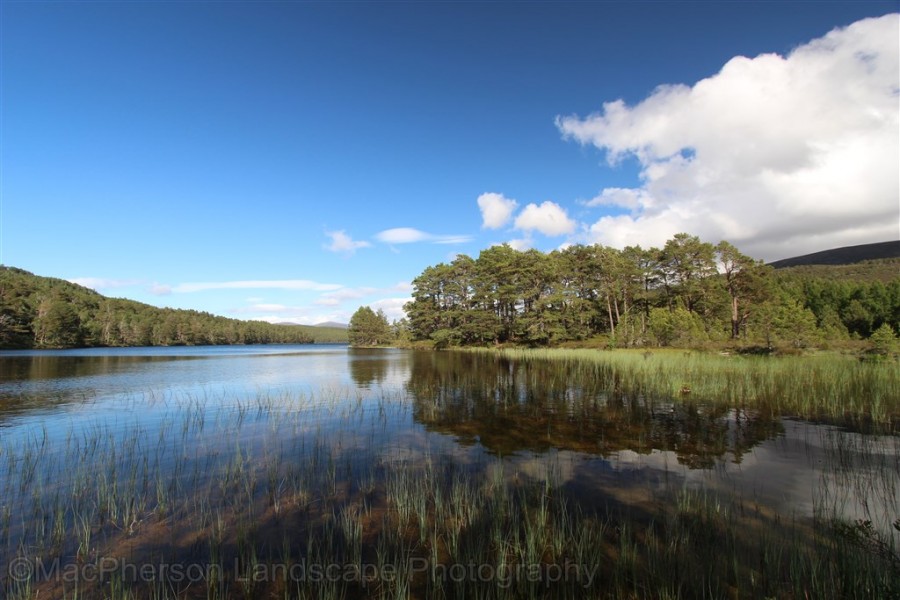When the Primrose (Primula vulgaris) start to flower, with its pale yellow petals, in March, it is another of our native Flora that indicates better weather to come.
Native to the British Isles and some parts of Europe, the Primrose as with other Primulas are unusual in that there is actually a male and female plant, which grow separately, although at first glance they do look the same. The Primrose pictured is the male of the species, identified from the centre of the flower, is ‘thrum-eyed’, whereas the female is ‘pin-eyed’, as the centre resembles a pinhead. Fertilisation can only take place between pin and thrum flowers.
Found only in Orkney, Caithness and Sutherland, the Scottish Primrose (Primula scotica) is endemic to Britain, and in common with the Birds’s-eye Primrose, is pink.
The flowers name relates to the meaning ‘first rose’, in medieval Latin and old French, although not a member of the rose family. In flower symbolism it says to to the recipient ‘I can’t live without you’.
The plant is edible with the leaves’ taste described as lettuce flavoured, and the young flowers can be made into wine. The plant is well known in natural remedies, as in the treatment of PMS, aiding sleep, and for headaches.
In Norse mythology the Primrose is associated with the goddess Freya, and will allow entrance to her hall.
It is illegal to remove Primrose from their natural habitat in the UK under the Wildlife and Countryside Act 1981.
The Primrose was Benjamin Disraeli’s favourite flower, and on the anniversary of his death on April 19th, Primroses are laid at his Statue at Westminster Abbey on this date.



